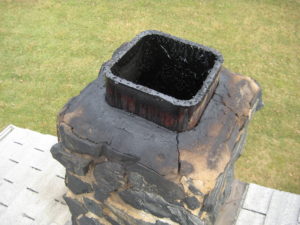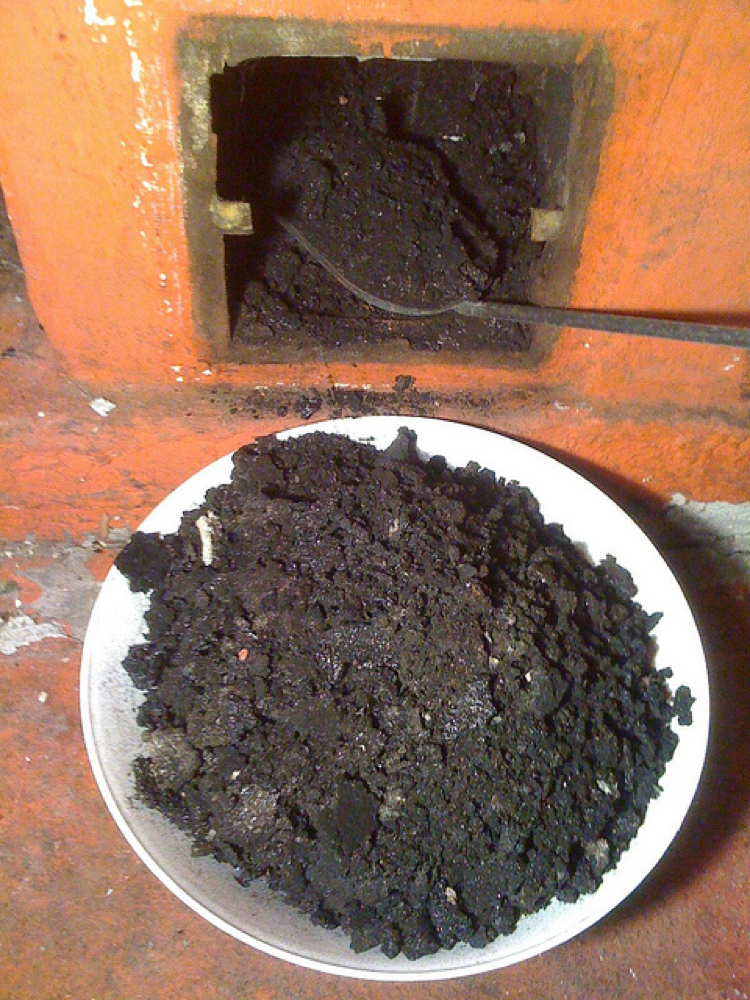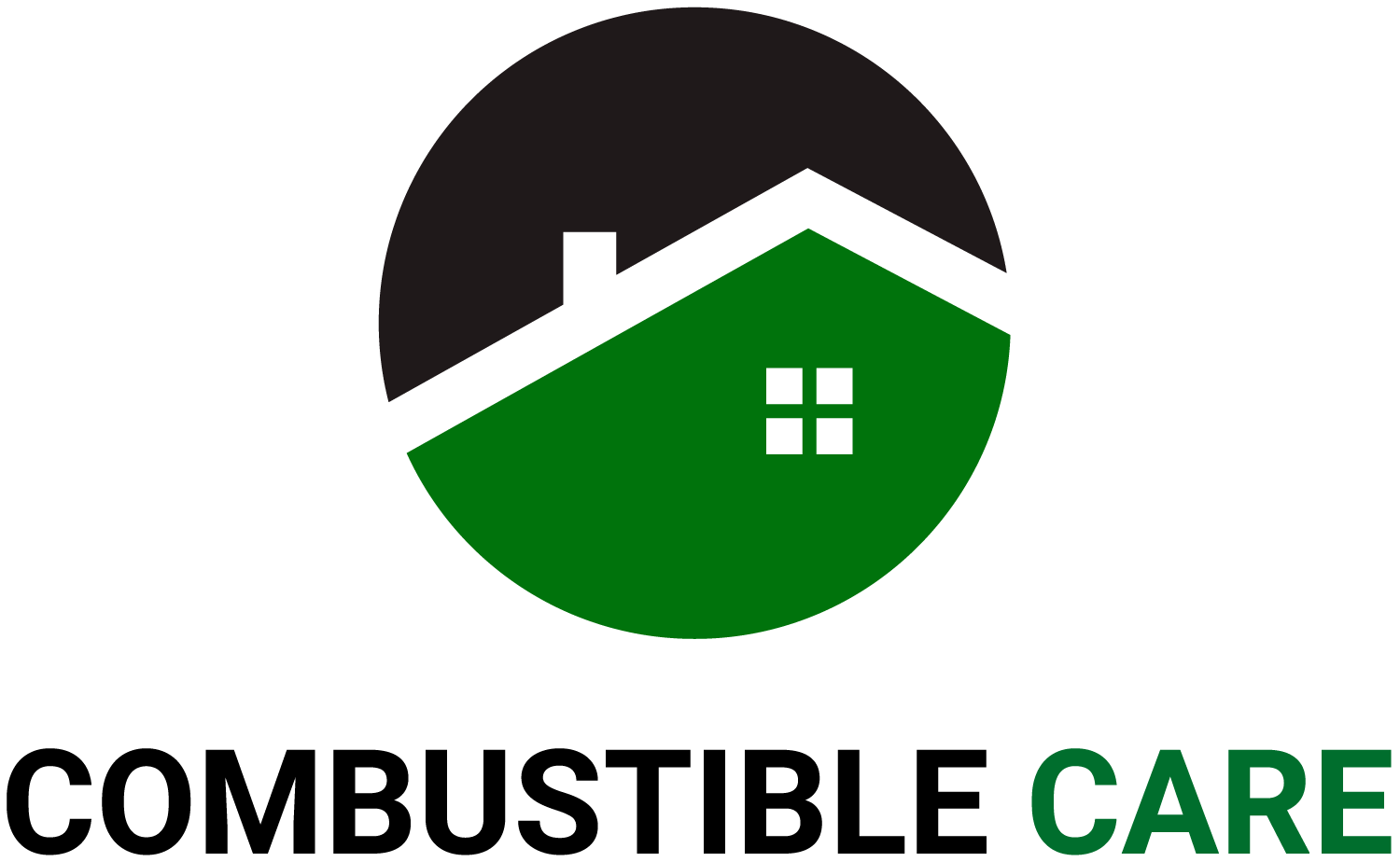What exactly is creosote?
Creosote is a category of carbonaceous chemicals formed by the distillation of various tars and pyrolysis of plant-derived material, such as wood or fossil fuel.
In more readable terms creosote is a byproduct of burning woods and other fossil fuels. Creosote is a tarry substance that is very sticky and has a tendency to form deposits on the lining of your chimney flue. This is an inevitability of using a fireplace and other heating systems. A simple inspection and cleaning once a year will prevent creosote from having a chance to build up.

The 3 Stages of Creosote Buildup
Stage 1:
Creosote begins as a flaky deposit that is fairly easy to brush away. This is th best time to clean it.
Stage 2:
If stage 1 of creosote build up is neglected or goes unnoticed the flue, or the inner lining, of the chimney will become covered with a thicker sticky more tar like textured version of creosote. This is much more difficult to clean and requires special brushes and protective gear to protect the skin, eyes and lungs. At this point your chimney is at risk of catching on fire. Should you hear a distant roaring sound, like a train passing by, this is clear sign on an internal chimney fire. Call 911 immediately and clear the house of all people and animals.
Stage 3:
Stage 1 and 2 have gone unnoticed and the creosote has had a chance to buildup to dangerous levels and harden. This is very difficult to remove, though very possible, and will actually start to drip like candle wax when the temperature of the chimney starts to surpass certain degrees.
What causes Creosote Buildup?
In short there are 4 common reasons why creosote build up in your chimney.
- Cold flue temperatures
When the temperature of your chimney flue becomes abnormally cooler than usual smoke will start to condense in turn causing creosote to form at an accelerated rate. - An Oversized Flue
If you home is older or has an older fireplace insert or a hearth-mounted stove, that is vented into a masonry chimney, more likely than not, your flue is larger than need be. In this scenario smoke has room to hang around, known as residence time, which in turn again accelerated creosote buildup. - Restricted Air Flow
Restricted air flow not only creates the perfect environment for creosote buildup but also a potentially life threatening situtation. Obstructions, or blockages, closed dampers, sealed glass doors among other variables can inhibit the proper air flow needed to safely release the toxic gases from your home. The effects of restricted air flow create the perfect opportunity for extended residence time for the smoke in turn allowing creosote to buildup. - Unseasoned Firewood
Firewood that is unseasoned or insufficiently dried out contains excess water. When unseasoned firewood is burned, it creates less heat because most of the fire’s energy is used to burn away the moisture. Since the fire is cooler, the smoke condenses quickly, therefore forming creosote on the surface of the chimney flue. This is a potential fire hazard and can be extremely dangerous.

Why is creosote dangerous?
First and foremost creosote is extremely combustible, a single ember from a fire is enough to ignite a small flame which can in turn erupt into a serious internal chimney fire. This can result in a house fire. We call this “the snowball effect”. The snowball effect is when a small initial treatable problem becomes larger and more out of control until disaster potentially strikes. Creosote exposure to the skin, eyes and lungs can cause irritation, rashes, respiratory problems as well as potentially cancer due to the carcinogens.

Recent Comments